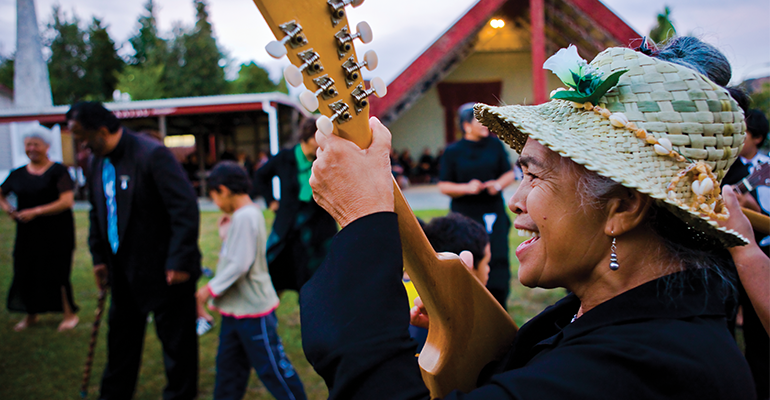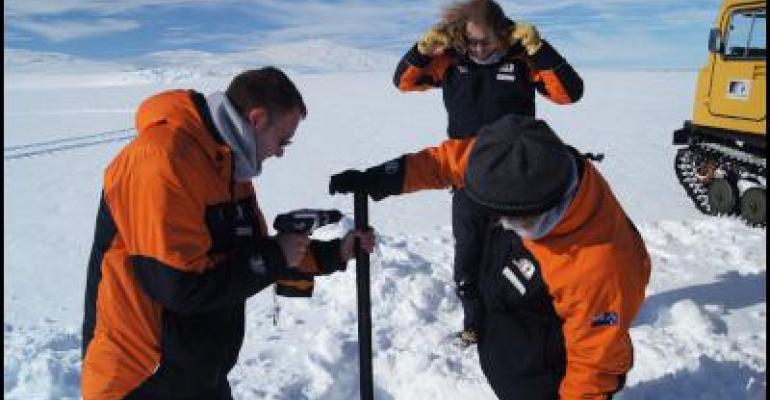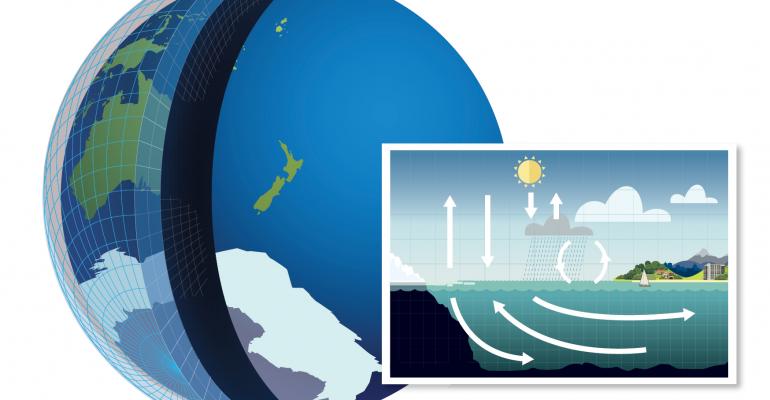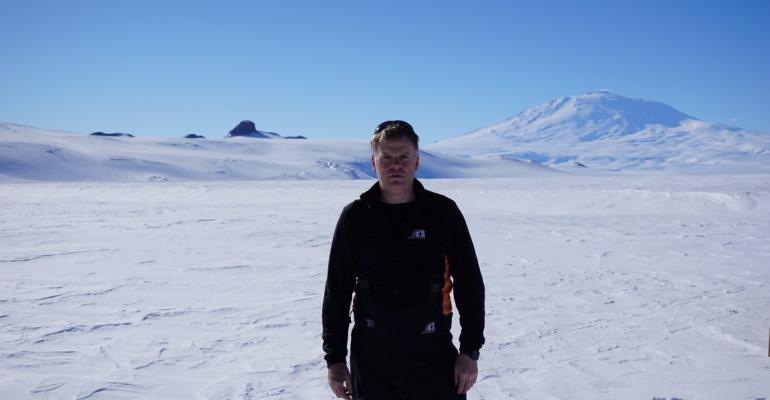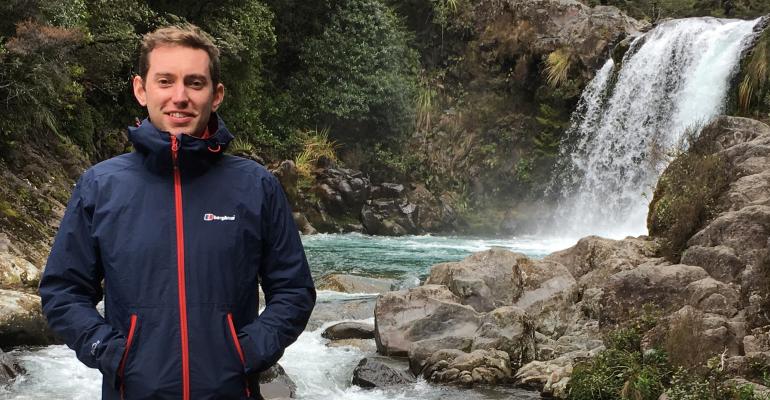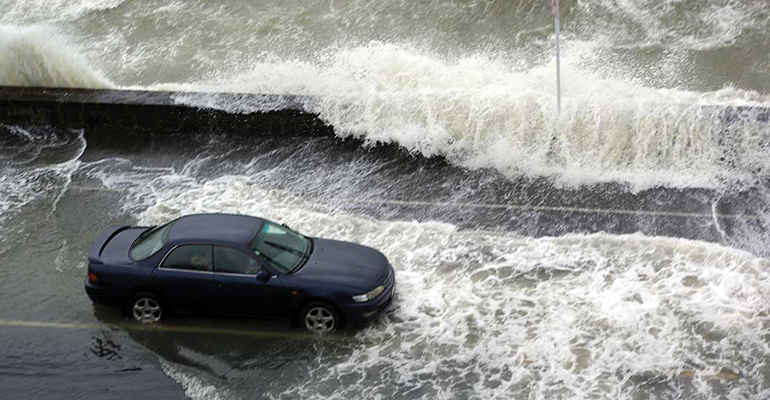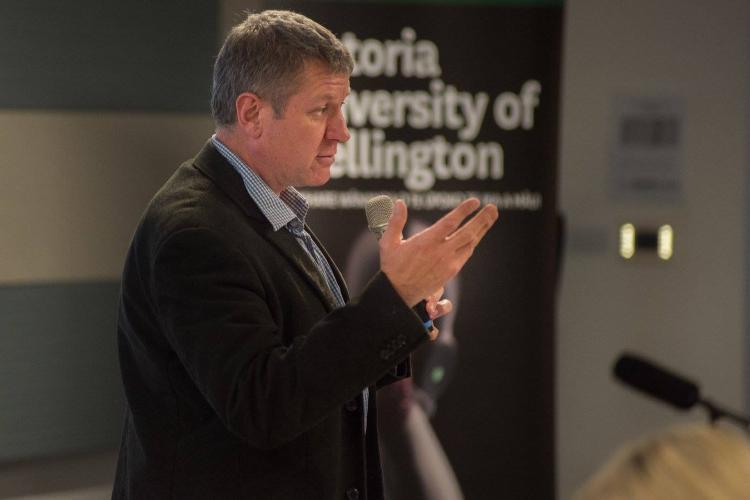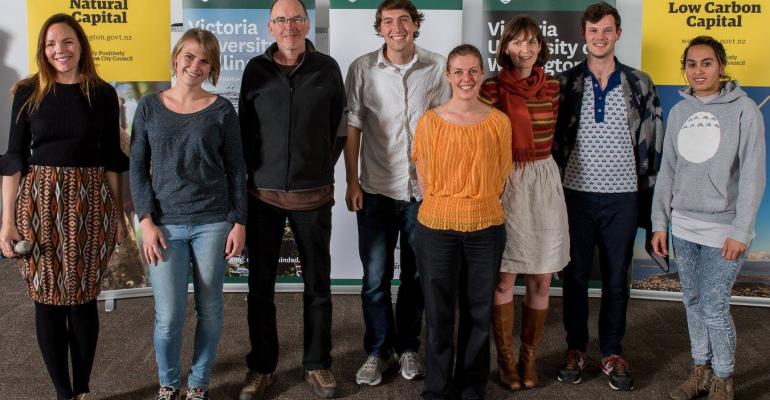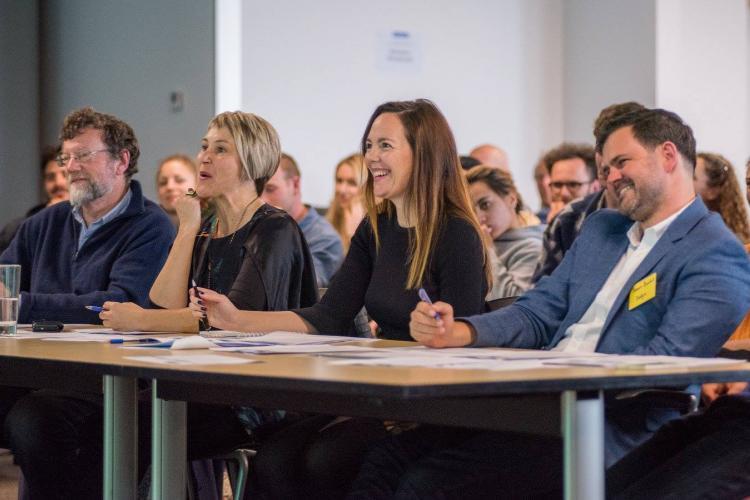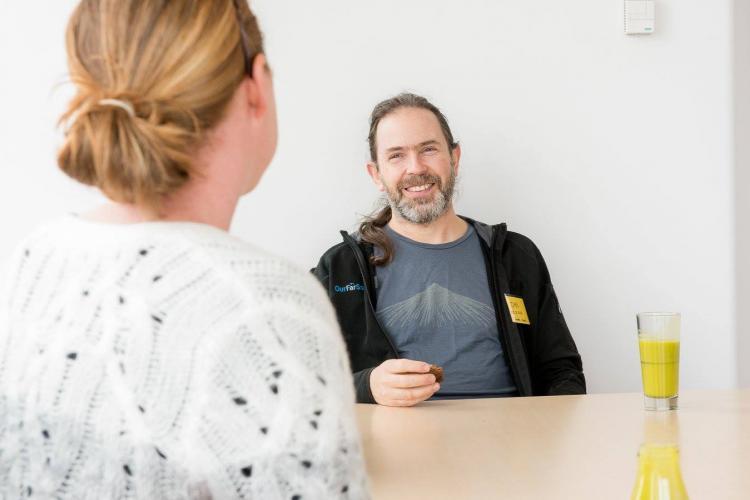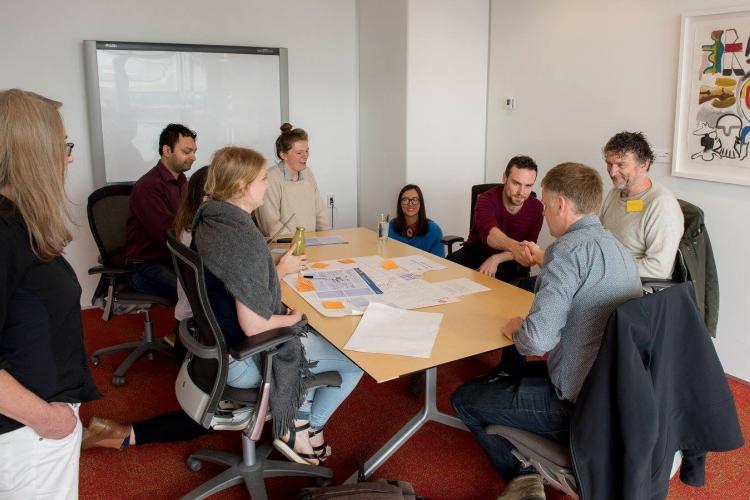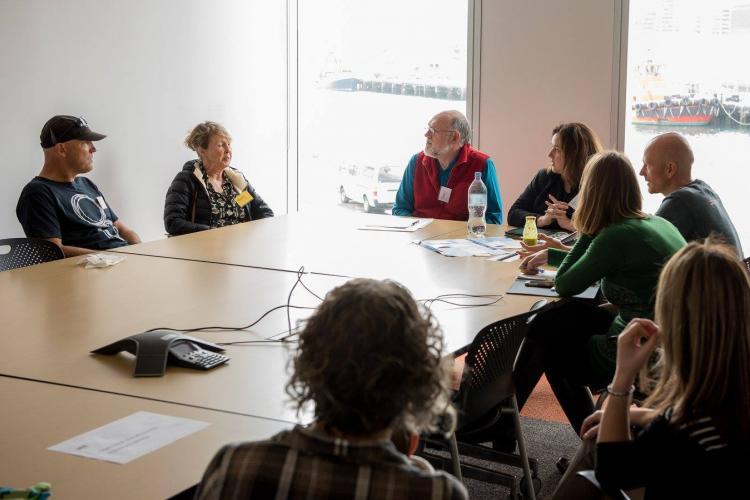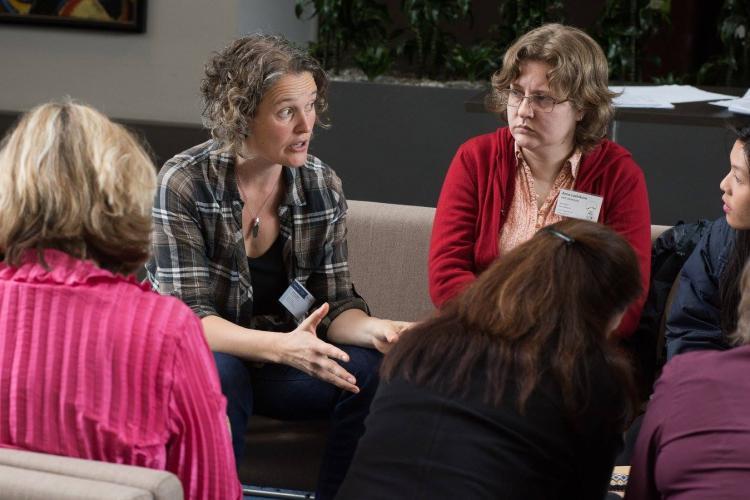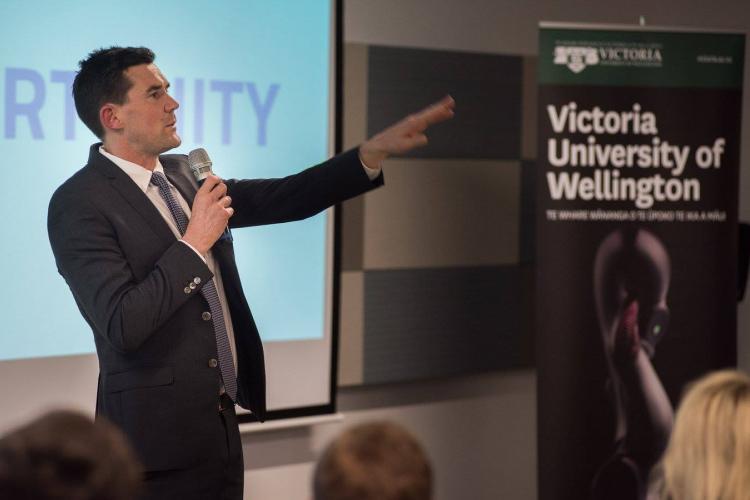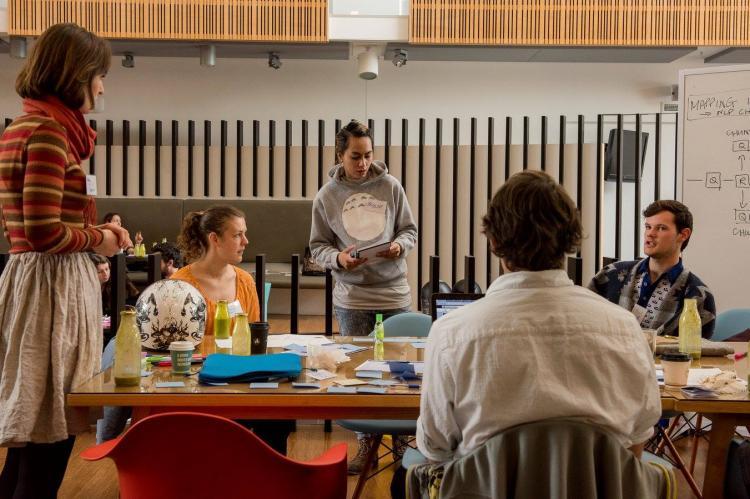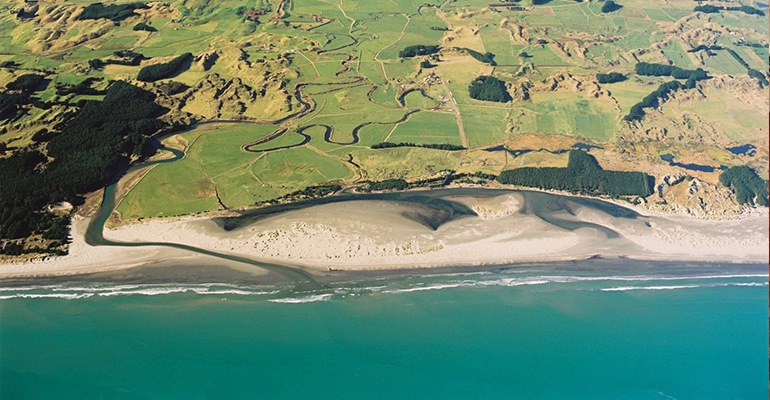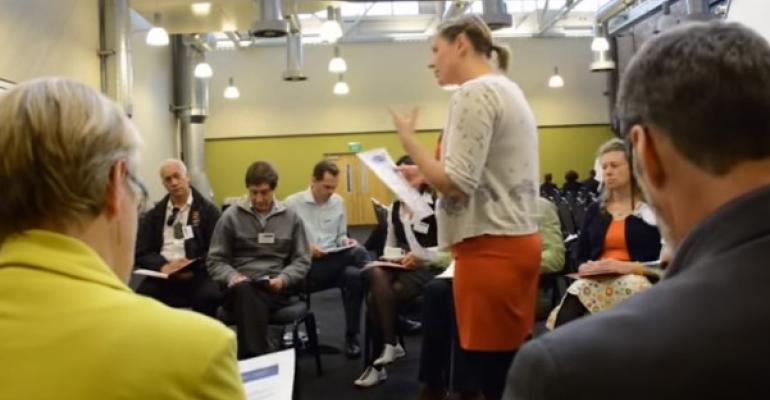
The Impacts and Implications programme is funding research that will help New Zealanders manage risk, adapt and thrive in a changing climate.
Part of that funding follows a fairly traditional process, with scientists applying for money to fund research they consider valuable – that funding will be allocated by the end of this summer. However, a second part of the Impacts and Implications funding follows a more collaborative process, with scientists and stakeholders engaging in a facilitated dialogue event to identify tractable research questions that are relevant to important decisions in New Zealand society. From this process, the Deep South Challenge will then fund research to answer those questions, ideally supported by stakeholders with either in-kind contributions or co-funding. Wilbur Townsend outlines the year ahead.
Insurance dialogue – exploring possibilities
The first dialogue event will ask how insurance can better inform and ameliorate climate change-related risk. Our focus will be on risks for coastal property, though similar issues exist for other flood-prone and wind-prone properties.
The effects of climate change are already evident in coastal property and will do so increasingly. The existing 20cm of anthropogenic sea-level rise increased Superstorm Sandy’s storm surge losses in New York by 30%, because a small amount of sea-level rise can substantially exacerbate flooding. Under the most optimistic scenario studied by the Intergovernmental Panel on Climate Change (IPCC), global average sea levels are likely to further rise by between 26cm and 55cm by 2100. Across Auckland, Wellington, Christchurch, Dunedin and Napier, roughly 27900 houses are within 1.5m of the average spring tide and 5100 are within 0.5m.
Conversation around risk
One of the key social functions of insurance is to communicate risk. However home insurers’ policies last for just one year. This means that home insurance premiums reflect current risks but do not reflect future risks. In particular home owners and home buyers cannot currently use insurance premiums to assess the risk that their home will be destroyed by sea level rise. Longer terms on insurance policies would ensure that insurance policies signal future risk – if the difficult actuarial challenges of designing such policies could be resolved.
Insurance policies cover many risks but they don’t cover everything. For example, the terminally ill are unlikely to be offered a life insurance policy. Similarly, a coastal property may be too risky for an insurance firm to be willing to offer insurance. This means the property becomes un-insurable, and as a result worth little.
Insurance firms could suddenly decide that many houses are un-insurable. For example, if a bad flood in Thames convinces insurance firms that the flood risk all over New Zealand is greater than they had previously thought, home owners in Dunedin might find they cannot renew their insurance. This will impose social risks because in the event of a flood many people will be unprotected. These social risks can also impose fiscal risks on government.
Impacts on banking
Banks could also be threatened because mortgage lenders often require that mortgagees be insured. A property may become un-insurable after a mortgage has been issued; an uninsurable property won’t easily be sold because buyers can’t get a mortgage. Lack of insurance could lead to financial instability as bank assets and the housing market are affected.
By facilitating conversations between researchers, insurers, banks and government the Deep South Challenge will develop a better understanding of these phenomena and identify research that can help New Zealanders adapt to a changing climate.
For more information and contact details see the Impacts and Implications Programme page
